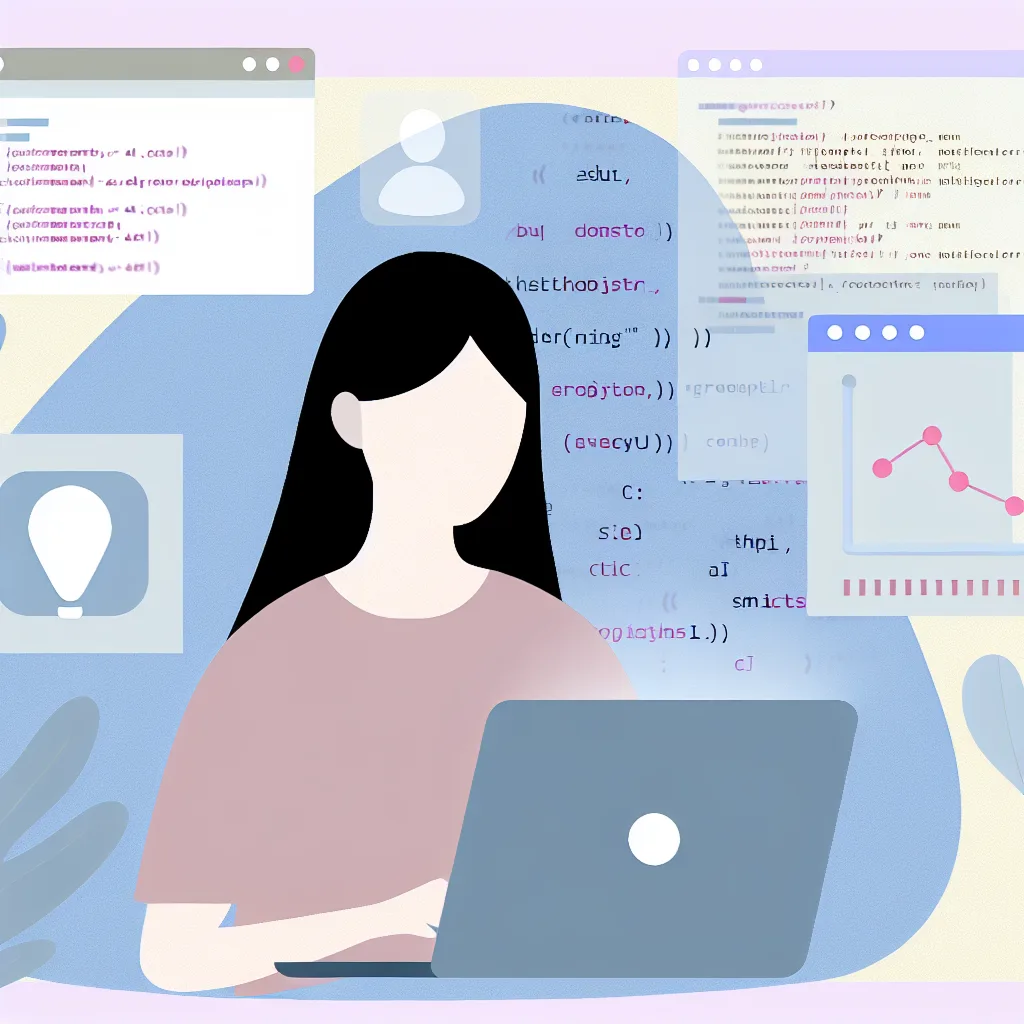Exploring the impact of generative AI on productivity, job roles, and security in the IT sector
Let’s talk about how generative AI is quietly changing the way software development works in the IT sector. It’s one of those tech shifts that’s happening right now, and if you’re curious about its real impact — from productivity boosts to job security worries — I’ve got some insights that paint a pretty clear picture.
The Rise of Generative AI in Software Development
Generative AI software development tools have rapidly become part of the daily routine for a vast majority of IT professionals. In fact, about 97% of them now use these tools regularly. Tools like ChatGPT aren’t just for fun or occasional use anymore; they’ve become go-to for everything from writing code snippets to drafting documentation.
This massive adoption isn’t just a fad. It speaks to how useful generative AI has become in speeding up workflows and making repetitive or time-consuming tasks easier. When your AI can help generate code or text quickly, you can focus more on problem-solving and less on tedious typing.
Productivity and Efficiency Gains
One of the biggest benefits being reported is a noticeable jump in both personal productivity and overall organizational efficiency. When software developers use generative AI, they can automate draft work, troubleshoot faster, and even brainstorm better solutions. This creates a smoother development cycle and helps teams deliver results quicker.
But here’s the catch: while businesses are enjoying the productivity upswing, it’s also changing how employees feel about their jobs.
Job Security: The Other Side of the Coin
There’s a growing buzz about job security as companies invest more in AI initiatives. While the technology helps companies work faster and more efficiently, some employees worry about their future roles. Increased investment in generative AI is linked with higher concerns over job stability.
It’s understandable — automation often raises those questions. But the takeaway isn’t just doom and gloom. Instead, it points out that workplaces and employees may need to adapt together. Learning new skills that blend traditional programming and AI oversight seems to be the way forward.
Challenges to Widespread Adoption
Of course, it’s not all smooth sailing. There are real hurdles when it comes to integrating generative AI fully into software development workflows:
- Inaccurate outputs: Over 60% of professionals say this is a major concern. AI can make mistakes, and trusting its suggestions blindly isn’t an option.
- Regulatory compliance: Around 58% flagged this issue. Businesses need to be careful about how AI-generated code or content fits within legal boundaries.
- Ethical considerations: More than half worry about ethics. AI decisions can be opaque, raising questions about fairness and transparency.
These challenges mean that while generative AI software development tools can be powerful, they require thoughtful use and ongoing oversight.
Changing Skills and Job Roles
One of the more exciting shifts is how job roles themselves are evolving. The IT sector is starting to see a demand for hybrid positions — where coding chops go hand-in-hand with AI tool management. It’s not about replacing developers; it’s about expanding their skillsets to work alongside AI.
If you’re a software developer or thinking about entering tech, this means keeping an open mind to how AI can complement your work rather than compete with it.
If you want to dig deeper into the nitty-gritty of these findings, the full research is available here and the original paper can be checked out here.
It’s clear that generative AI software development is more than just a buzzword. It’s reshaping how software is made, who’s making it, and what the future of the IT workforce might look like. Like any big change, it comes with challenges, but with careful navigation, it could push the industry to new heights.
If you’re curious about how AI might fit into your own work or team, it’s definitely worth keeping an eye on these trends.
